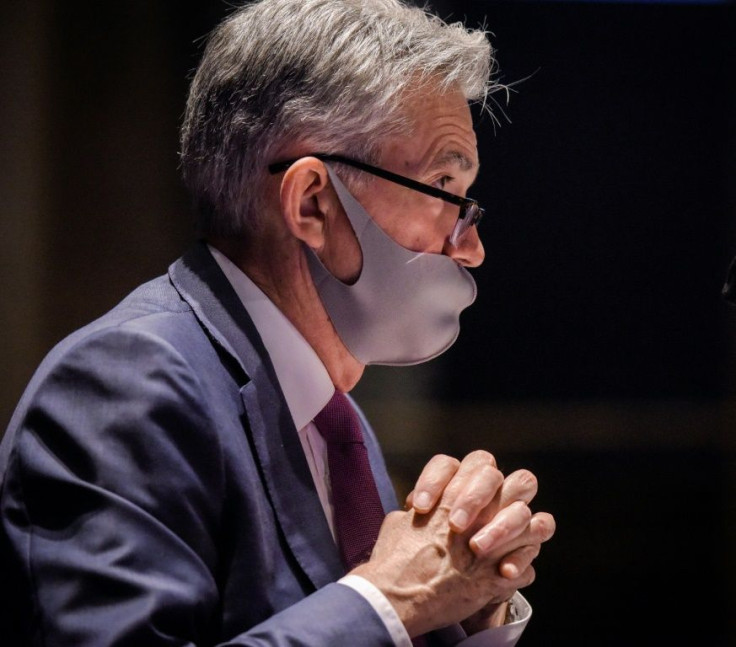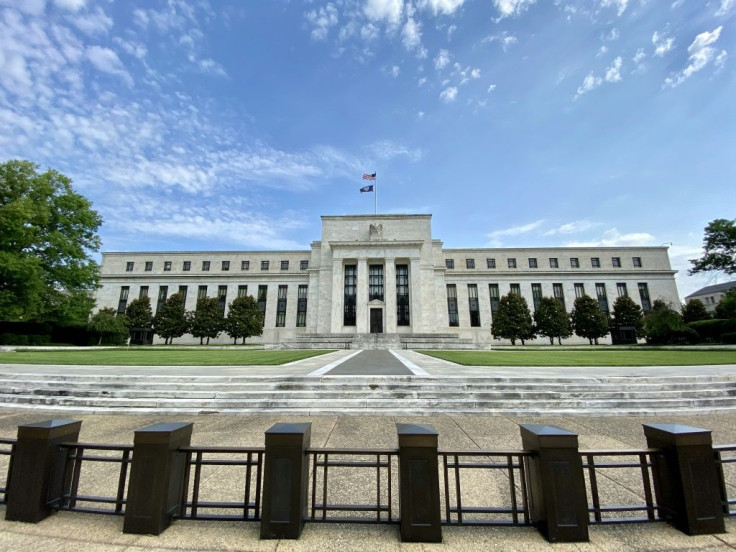Fed Unveils Major Policy Shift To Maximize Job Growth
The US central bank rolled out a major policy change on Thursday that gives greater weight to its mission of maximizing employment for the benefit of lower income families, while ratcheting back its emphasis on fighting inflation.
Federal Reserve Chair Jerome Powell said the aim is to correct the "shortfalls" in achieving the Fed's full employment goal while recognizing that with changes in the global economy, a tight job market does not necessarily drive prices higher.
In practice, the change has no impact in the near-term but will keep borrowing rates low for much longer than in prior economic expansions -- something President Donald Trump has loudly demanded, though for more political reasons.
"This change reflects our appreciation for the benefits of a strong labor market, particularly for many in low- and moderate-income communities," Powell said in a speech unveiling the policy.

The new policy makes it clear the central bank will allow inflation to stay above its 2.0 percent target "for some time" before raising interest rates.
The shift, though telegraphed in recent statements, is significant for the Fed, as inflation for decades has been an economic villain to be stamped out at every turn. It also represented a defeat for inflation hawks, though the change was approved unanimously.
Powell, in his speech to the annual Jackson Hole monetary policy conference, said the 10 years since the 2008 global financial crisis -- when US inflation remained stubbornly below the 2.0 percent target -- has shown that warnings about low unemployment causing price hikes were exaggerated.
"This change may appear subtle, but it reflects our view that a robust job market can be sustained without causing an outbreak of inflation," he told the virtual conference.

Powell said the goal now is "to achieve inflation that averages two percent over time," although he stressed that would not be tied "to a particular mathematical formula."
Adam Posen, former policymaker at the Bank of England, called the update "superb" and long overdue.
Powell "did a great job of stressing that this is a reaction to the changing economy was not a change in the goals of the Fed," Posen, head of the Peterson Institute for International Economics, told reporters.

But Kathy Bostjancic of Oxford Economics said the move "largely just codifies" current Fed policy.
"Fed officials have been very concerned about the severe damage to the labor market and the desire to swiftly return the unemployment rate back to its pre-COVID level," she said in an analysis.
Prior to the coronavirus pandemic, the US unemployment rate had hovered near 50-year lows at 3.5 percent, which brought many people back into the workforce as firms struggled to fill open positions.
The Fed chief grew passionate as he described hearing low-income workers explain the dramatic impact of more jobs.
"It was just riveting... to hear them talking about what a tight labor market means in their communities," he said of one of the many "Fed Listens" outreach events.
Responding to questions after the video speech, Powell sounded optimistic about the recovery from the coronavirus, as well as a note of caution.
The pandemic hit what was a solid economy like a natural disaster, he said, noting that "there's is still a healthy economy under here, except for this area that's been directly affected by COVID."
But millions of workers in travel, hotels and restaurants have been directly impacted, which means "a couple of years of... relatively high unemployment."
People in those industries are "really going to struggle to find work" and, "We need to support them."
But, as he has repeatedly stated, this will "take support from Congress" with programs focused on education, training and healthcare.
"It's about all the things that enable people to get into the labor force and stay there and progress in their careers," Powell said.
© Copyright AFP 2024. All rights reserved.





















